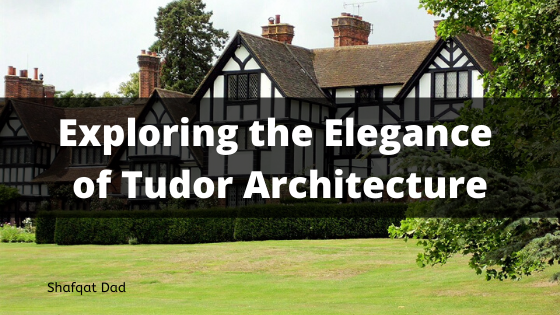Architecture has its roots in ancient Greece and Italy. Over the centuries, the various styles have morphed into new ones, with most a reaction to its predecessor. New building materials and processes also created new architectural styles. One such style is Tudor. This architectural style originated during the Tudor dynasty, which includes the reign of Henry VIII. It was a mixture of Renaissance and late English Medieval Style (also called Perpendicular Gothic). The signature look of the style is dark wood against a white limewash, which lasted from 1485 – 1558.
Exploring the Elegance of Tudor ArchitectureThe wealthy (i.e. the royals) hired the best builders to build stately manors using the finest materials. The commoners built their own homes, which were smaller replicas of the manors. The homes were made of woven sticks (wattle) that were sealed with daub, a mixture of clay, sand, and dung. It was “daubed” or applied over the wattle to seal up the wall, creating a concrete-like thickness. Once the daub dried, the walls were painted white with limewash and the visible timbers (half-timber) were treated with tar to prevent rot. These homes were very simple in appearance but became more ornate depending on the wealth of the home-owner.
The addition of small, leaded glass windows with wood or metal grilles was one of the signs of wealth. Another was a chimney, which became popular in the 16th century. Tudors also became bigger, with a fireplace in more than one room and a second-storey. The second level had exposed beams in the ceilings, continuing with the timber theme. The roof had a steep pitch and homes with a second storey had small dormers complete with pitched roofs. It was either a thatched or slate roof. Columns and other geometric designs adorned the homes as well. The interiors were just as lavish with dark wood paneling and plaster moldings. However, the cost of the timber and the time it took to build these homes led to the end of this period in England.
Great examples of this architectural style can be found at Ascott House in Buckinghamshire and Little Morton Hall in Cheshire. These grand homes have dark wood, brick, white limewash, massive chimneys and rows of windows (including bay windows). Tudor style will always be associated with Olde England, along with its distinctive details and elegant designs.

